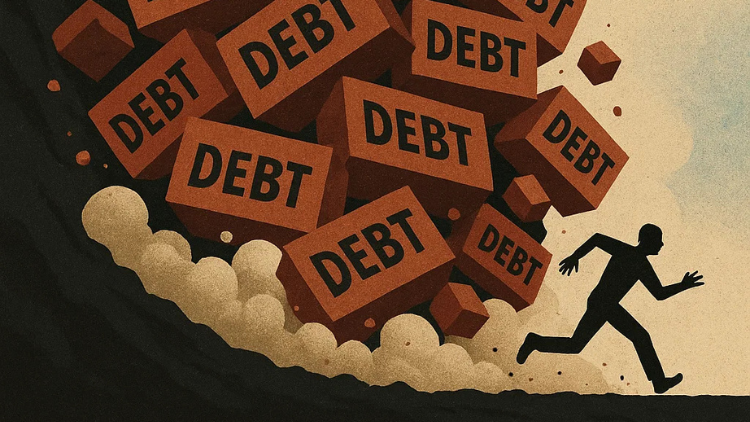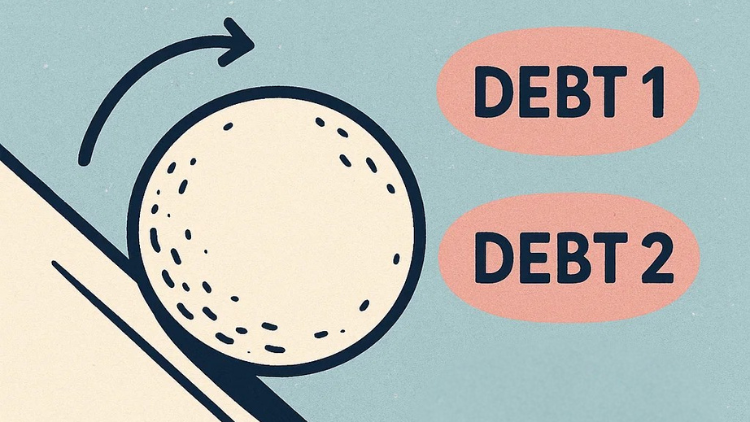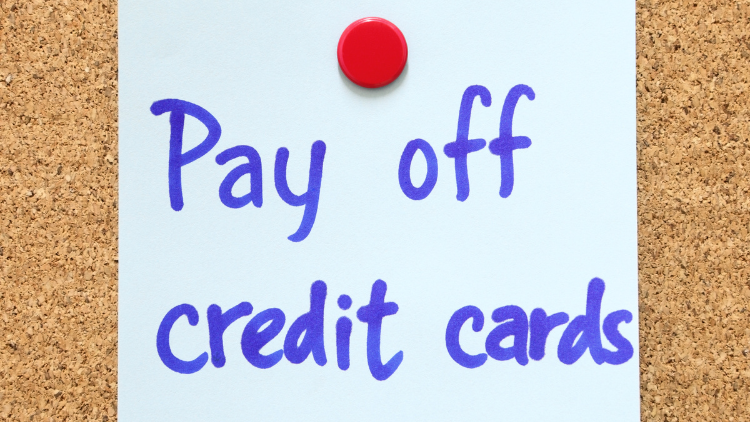When you’re juggling multiple credit card bills each month, it can feel like you’re fighting a battle on too many fronts.
It’s overwhelming, stressful, and often feels like you’re not making any real progress.
The good news? You don’t need a miracle to win this fight. You need a playbook.

Two of the most popular and effective debt payoff strategies are the Debt Snowball and the Debt Avalanche.
They are both powerful, step-by-step methods designed to bring focus and momentum to your journey.
One strategy gives you quick, motivating wins. The other saves you the most money. So, which one is right for you? Let’s break down the matchup to help you choose the plan that will lead you to the finish line: being completely debt-free.
The Foundational Step for Both Methods
Before you can attack your debt, you need to know exactly what you’re up against. Both methods start with the same two steps:
- List All Your Debts: Open a spreadsheet or grab a piece of paper and list every credit card you have. For each one, write down the current balance, the interest rate (APR), and the minimum monthly payment.
- Find Your “Extra” Payment: Look at your budget and figure out how much extra money you can realistically put toward your credit card debt each month, on top of all your minimum payments. Let’s say it’s $200. This is your debt-fighting superpower.
The Debt Snowball: The Power of Quick Wins

The Debt Snowball method focuses on psychology and motivation. It’s designed to create momentum by giving you a victory as quickly as possible.
How it Works:
- Order your debts from the smallest balance to the largest, regardless of their interest rates.
- Pay the minimum monthly payment on all your debts except the one with the smallest balance.
- Throw every penny of your extra payment money ($200 in our example) at that smallest debt until it’s paid off.
- Once that first debt is gone, you “roll up” the full payment you were making (its minimum payment + your $200 extra) and attack the card with the next-smallest balance. You repeat this process, creating a larger and larger “snowball” of a payment until all your debts are gone.
Why it Works: Paying off that first card—even if it’s a small one—feels amazing. That psychological boost is a powerful motivator that makes you more likely to stick with the plan for the long haul.
The Debt Avalanche: The Power of Math
The Debt Avalanche method is the most efficient strategy from a purely mathematical perspective. It’s designed to save you the most money in interest charges.
How it Works:
- Order your debts from the highest interest rate (APR) to the lowest, regardless of their balances.
- Pay the minimum monthly payment on all your debts except the one with the highest interest rate.
- Throw every penny of your extra payment money at that highest-APR debt until it’s gone.
- Once it’s paid off, you roll up the full payment and attack the card with the next-highest interest rate.
Why it Works: By eliminating your most expensive debt first, you reduce the total amount of interest that accrues over time. This means you’ll pay less money to the banks and, in most cases, get out of debt slightly faster. Understanding the power of APR is key to appreciating this method.

Let’s See It in Action: A Real-World Example
Imagine you have three credit cards and an extra $200 per month to pay them down.
- Card A (Store Card): $500 balance at 19% APR ($25 min payment)
- Card B (Visa): $5,000 balance at 16% APR ($150 min payment)
- Card C (Mastercard): $3,000 balance at 22% APR ($90 min payment)
The Debt Snowball Plan:
You’d order them by balance: Card A ($500), then Card C ($3,000), then Card B ($5,000).
You’d send your extra $200 to Card A. With a $225 total monthly payment ($25 min + $200 extra), you’d pay it off in just 3 months! That’s a huge motivational win. You’d then take that $225 and add it to Card C’s minimum payment for a total of $315 per month.
The Debt Avalanche Plan:
You’d order them by interest rate: Card C (22%), then Card A (19%), then Card B (16%).
You’d send your extra $200 to Card C. With a $290 total monthly payment ($90 min + $200 extra), it would take about 11 months to pay it off. It’s a longer wait for your first win, but you’re tackling the most mathematically damaging debt first.
The Result: In this scenario, the Debt Avalanche would save you a bit more money in total interest (around $100-$150) and get you out of debt about one month faster. The Debt Snowball, however, provides that incredible victory in just 3 months.
The Verdict: Which Method Wins… For You?
There is no single right answer, only the answer that’s right for your personality.

Choose the Debt Snowball if: You need early wins to stay motivated. If you’ve struggled to stick with financial plans in the past, or if the thought of a quick victory gets you excited, this is the method for you. A slightly less optimal plan that you stick with is infinitely better than a “perfect” plan that you abandon.
Choose the Debt Avalanche if: You’re motivated by math and efficiency. If the thought of paying one extra dollar in interest bothers you more than anything, and if you have the discipline to stick with a plan even when the first win is months away, this is the method for you.
Ultimately, both the Debt Snowball and the Debt Avalanche lead to the same incredible destination: being 100% debt-free. The most important step is to choose one, commit to it, and start today. If you need more help getting started, the Federal Trade Commission (FTC) offers a guide on dealing with debt.
Frequently Asked Questions (FAQ)
Should I consider a 0% balance transfer card first?
Yes, a balance transfer can be a great opening move. You could move several high-interest balances to one card with a 0% intro APR, saving you a lot of money on interest. You can then use the Snowball or Avalanche method to pay down that single balance before the promotional period ends.
Should I close the credit cards as I pay them off?
It’s generally better for your credit score to keep the accounts open with a zero balance. Closing a card reduces your total available credit, which can increase your credit utilization ratio and lower your score. For more information, you can read this guide from the Consumer Financial Protection Bureau (CFPB).
WalletAware shares education, not individualized financial advice. Always confirm current terms on the issuer’s site before applying.